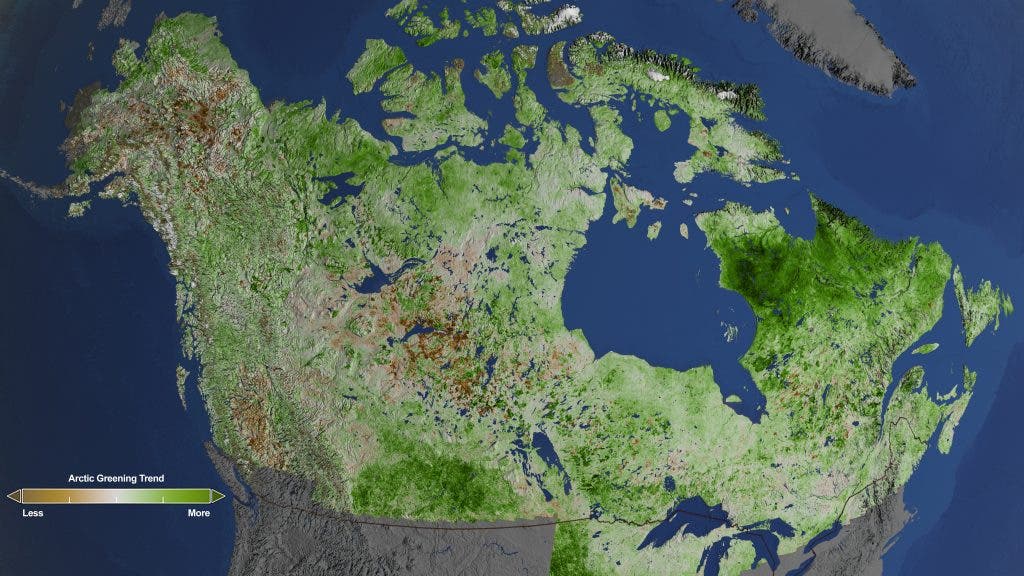An international collaboration spanning more than a dozen scientific institutions across the world found the Northern hemisphere is largely getting greener. The main culprit has been identified as man-made greenhouse emissions.

Previously, ZME Science reported that vegetation on Earth grew by twice the size of mainland USA in the span of only 33 years. Due to the greenhouse effect, the additional CO2 in the atmosphere is being absorbed by plants which grow bigger leaves.
This effect is called CO2 fertilization, and in a time when humans are spewing 10 billion tons of CO2 each year, it’s sure to contribute significantly to plant growth. Now, researchers from the United States, France, and China have confirmed — quite unsurprisingly — that rapid rise in vegetation, specifically in the Northern Hemisphere, is due to man-made activities.
They first started with satellite images which document the “leaf area index”, a measure of the amount of leaves per area. Then a set of different climate models were run in which man-made global emissions were added or only natural variability was accounted for. Sure enough, the only models that came close to the satellite images made by NASA were those which included human-generated greenhouse gas emissions.
CO2 fertilization is essentially a good thing — one of the few good things to come out of greenhouse gas emissions. The net effect of burning fossil fuels, however, is bad for our crops, water supply and life in general. Greenhouse gas emissions warm the planet, which leads to an increased pattern of freak weather like hurricanes and droughts, rising sea levels and destroys habitats.
“Given the strong evidence provided here of historical human induced greening in the northern extratropics, society should consider both intended and unintended consequences of its interactions with terrestrial ecosystems and the climate system,” the new study concludes.


